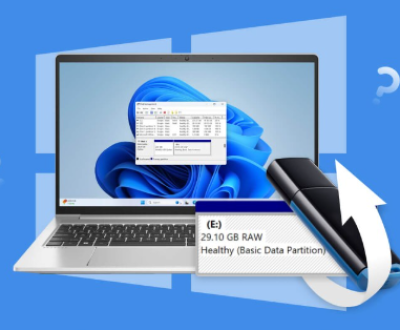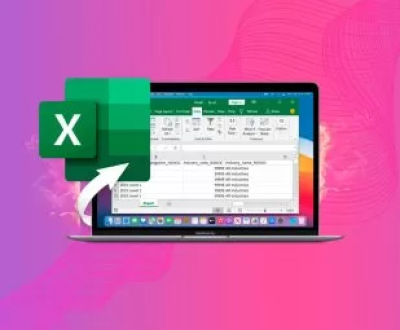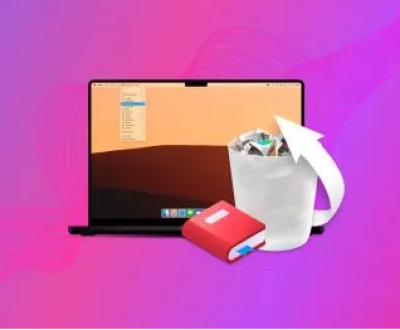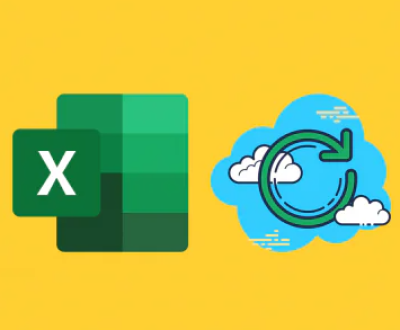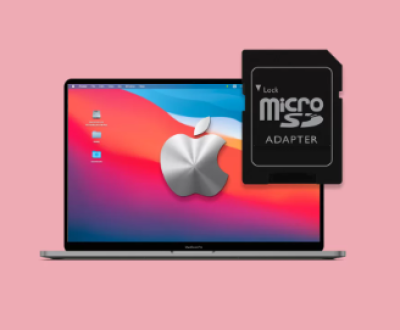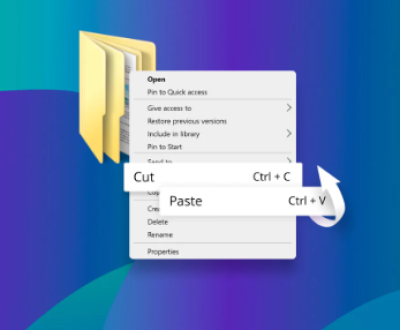The Nintendo 2DS XL is a portable gaming console that relies on an SD card for saving games, downloadable content, and other data. However, there are instances when the microSD card inserted into the device may not be recognized or read. This can be frustrating, as it may cause loss of progress, access to digital content, or prevent you from saving game data.
1. Micro SD Card Compatibility
Before troubleshooting any issues with the New 2DS XL, it’s crucial to ensure that the microSD card is compatible with the system. The console supports microSD cards up to 2GB in size (SD) and microSDHC and microSDXC cards ranging from 4GB to 256GB. Using a card that is incompatible can result in read errors or the device not recognizing it altogether.

Steps to ensure compatibility:
Check the card type: The New 2DS XL supports both standard microSD cards (SD), microSDHC, and microSDXC cards. Make sure your card falls within these categories.
Format the card: If you’re unsure whether the card is properly formatted, try reformatting it using the FAT32 file system (for microSD cards 32GB or less) or exFAT (for cards over 32GB).
Check the card capacity: If your microSD card exceeds the maximum supported capacity (256GB for microSDXC cards), it may not be recognized.
2. Inspecting the MicroSD Card for Physical Damage
One of the most common reasons why a New 2DS XL fails to read a microSD card is physical damage. MicroSD cards are small and delicate, and even a slight crack or bent pin can render them unusable. Inspect the card carefully for any signs of damage.
Physical damage signs include:
Visible cracks or chips on the card’s plastic casing
Corrosion on the metal connectors
Dirt or debris that may obstruct the connection between the card and the 2DS XL’s microSD slot
What to do:
Clean the microSD card: Use a soft cloth to gently wipe the card, ensuring no dust or debris is blocking the connectors.
Inspect the metal connectors: Check the metal connectors for corrosion, scratches, or dirt. If they appear dirty, gently clean them with a soft brush or an alcohol wipe.
Test with another card: If the card appears damaged, try using a different microSD card. If the second card works, then the issue is with the original microSD card.
3. Testing the MicroSD Card in Other Devices
To rule out a faulty card as the source of the problem, it’s essential to test the microSD card in other devices such as a smartphone, camera, or computer. This helps confirm whether the issue lies with the card itself or the New 2DS XL.
Steps:
Insert the microSD card into a compatible device, such as a smartphone or computer.
Check whether the device can read and access the data stored on the card.
If the card works in other devices, the issue is likely with the 2DS XL. If the card is unreadable in other devices, it may need to be replaced.
4. Troubleshooting the New 2DS XL’s MicroSD Slot
Sometimes the issue may not be with the microSD card itself, but with the microSD card slot in the New 2DS XL. Over time, dust, dirt, or wear and tear can cause the slot to malfunction. Here’s how you can troubleshoot the device:
Steps:
Inspect the microSD slot: Use a flashlight to look into the microSD slot on the New 2DS XL. Look for any visible dust, dirt, or foreign objects that could prevent the card from properly making contact.
Clean the microSD slot: Use a can of compressed air to blow out any dust or debris from the slot. Be gentle to avoid damaging the internal components.
Check for wear: Inspect the slot for any visible damage, such as bent pins or scratches. If the slot appears damaged, it may require professional repair.
5. Reformatting the MicroSD Card
If the card and slot appear to be in good condition but the 2DS XL still fails to read the card, it’s possible that the microSD card is not properly formatted or is corrupted. Reformatting the card may resolve the issue, especially if the file system is incompatible or if the card has become corrupted due to improper removal or use.
Steps to reformat the card:
Backup your data: Before formatting, make sure to back up any important data from the microSD card, as formatting will erase all content.
Insert the card into a computer: Use a microSD card reader to insert the card into your computer.
Open the formatting tool: On a Windows PC, right-click on the microSD card in File Explorer and select “Format.” On a Mac, open Disk Utility.
Select the file system:
For microSD cards up to 32GB: Choose the FAT32 file system.
For cards over 32GB (e.g., 64GB, 128GB, or 256GB): Select exFAT.
Start the format: Click “Start” to begin the reformatting process. After it finishes, safely eject the card and reinsert it into your New 2DS XL to check if it can now be read.
6. Formatting the MicroSD Card Directly in the New 2DS XL
If you can’t access a computer or prefer to format the card directly in the New 2DS XL, there’s an option to do this from the system’s settings menu. This can help resolve any file system or configuration issues.
Steps to format the card directly in the New 2DS XL:
Power on the New 2DS XL and go to the Home menu.
Open the System Settings by selecting the wrench icon.
Scroll down and select Data Management.
Choose microSD Management and select Format microSD Card.
Follow the on-screen instructions to complete the format process.
Please note that formatting the microSD card in this way will erase all data stored on it, so make sure to back up any important content before proceeding.
7. Ensuring the Card Is Properly Inserted
Another simple yet common issue could be that the microSD card is not correctly inserted into the 2DS XL. The card should fit securely into the microSD card slot. If it’s inserted incorrectly, the console will fail to read it.
Steps:
Power off the New 2DS XL.
Remove the microSD card from the slot and inspect it for any visible issues.
Reinsert the card, ensuring it is aligned correctly and fully inserted.
Power on the console and check if the microSD card is now recognized.
8. System Software Updates
Sometimes, software updates for the 2DS XL can address compatibility issues with microSD cards. Ensuring your system is up to date is crucial for preventing software-related problems.
Steps to update your New 2DS XL:
Go to the System Settings on the Home menu.
Select Other Settings and then System Update.
Follow the prompts to download and install the latest system update.
After the update is complete, check if the issue with the microSD card is resolved.
9. Replacing the MicroSD Card
If none of the above troubleshooting steps resolve the issue, the microSD card itself may be defective or faulty beyond repair. In such cases, replacing the card with a new one may be the best solution.
Steps to replace the card:
Purchase a new microSD card that is compatible with the New 2DS XL.
Insert the new card into the microSD slot on the device.
Follow the steps above to format and set up the new card.
Test to see if the device can now read the new card without issue.
About us and this blog
Panda Assistant is built on the latest data recovery algorithms, ensuring that no file is too damaged, too lost, or too corrupted to be recovered.
Request a free quote
We believe that data recovery shouldn’t be a daunting task. That’s why we’ve designed Panda Assistant to be as easy to use as it is powerful. With a few clicks, you can initiate a scan, preview recoverable files, and restore your data all within a matter of minutes.
Subscribe to our newsletter!
More from our blog
See all postsRecent Posts
- Retrieve files from usb 2025-07-04
- How to retrieve overwritten excel file 2025-07-04
- How to retrieve lost files on sd card 2025-07-04

 Try lt Free
Try lt Free Recovery success rate of up to
Recovery success rate of up to

